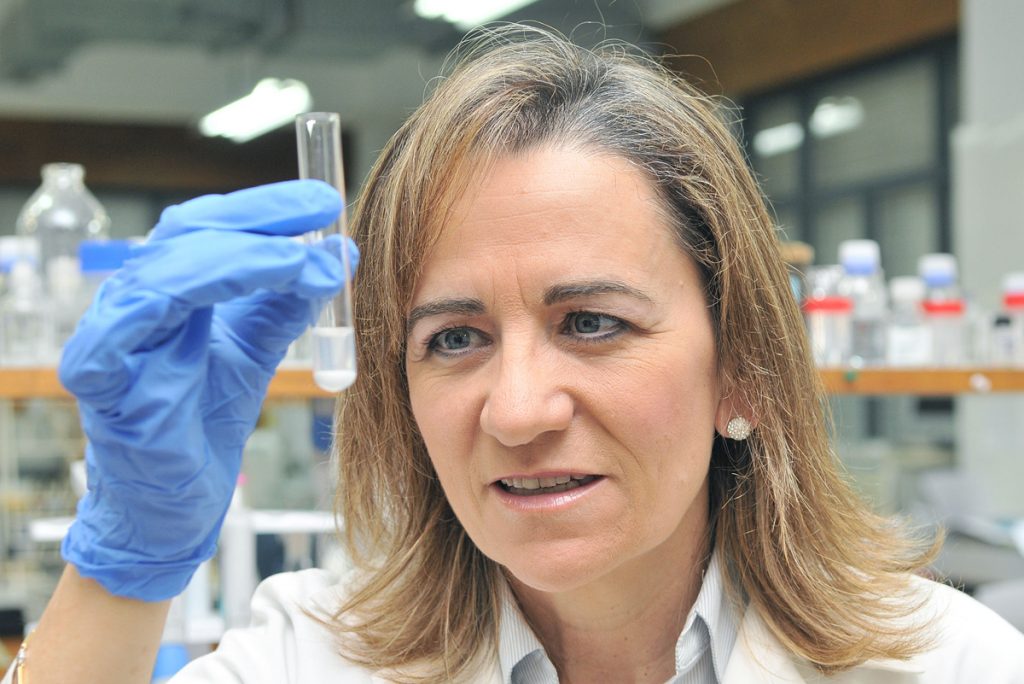• The project is part of a consortium led by the IDIBAPS, Barcelona, and has the collaboration of the University of Barcelona, Instituto de Recerca Biomédica de Barcelona (IRB), Pompeu Fabra University, the National Center for Biotechnology (CSIC) and the Free University of Brussels
• Together with the laboratory of Professor Alonso, the laboratory of Professor Mabel Loza (CIMUS, FIDIS) is collaborating in this project
• The objective of the project is to develop a vaccine against COVID based on messenger ribonucleic acid (mRNA), a “promising alternative to conventional vaccines due to its great potential, rapid development, low manufacturing cost and safe administration”
Santiago de Compostela – May 4, 2020.- Developing and evaluating in preclinical studies a new vaccine based on mRNA against SARS-CoV2 capable of inducing long-term immune responses against the virus is the ultimate goal of the research project in which the laboratory led by María José Alonso participates together with the group led by Mabel Loza, both at CiMUS and FIDIS – University of Santiago de Compostela (USC). The objective of the USC laboratories is to produce a synthetic vehicle based on innocuous biomaterials, capable of transporting the mRNA into the target cells and enabling the production of the antigen in the human body.
The project has obtained funding from the Health Department of the Generalitat de Catalunya and the Carlos III Health Institute (ISCIII).
How mRNA-based vaccines work
Classical vaccines are made up inactivated disease-causing microorganisms, or their protein components, which are introduced into the body to produce an immune response. In contrast, mRNA vaccines “trick” the body into producing some of the viral proteins itself, using messenger RNA, which is the molecule that contains “instructions” to build a protein. To produce an mRNA vaccine, scientists create a synthetic version of the mRNA that the virus uses to build its infectious proteins. This mRNA is delivered to the cells, which read it to build that viral protein. The immune system then detects these viral proteins and produces a defensive response against them.
The project
For the development of this vaccine, the team of researchers is using computational methods to identify the parts of the virus that are capable of provoking a remarkable response in the immune system. Next, the most promising mRNA molecule will be manufactured and, finally, incorporated into a viral or synthetic vector, in order to guarantee the stability of the RNA and favour its effective arrival in the immune system.
Specifically, in this project, the team led by María José Alonso has the mission of developing vehicles (which simulate artificial viruses) to protect and transport the mRNA to the target cell.
Alonso’s Lab expertise in vaccines
The Lab has been working on the development of new vaccines for 3 decades with the financial support of the Bil & Melinda Gates Foundation, the WHO, the NIH, the European Commission, the Spanish Ministry of Sciences and Innovation and the Xunta de Galicia. Their most recent development, in collaboration with US and Canada, is a nasal HIV vaccine that has been proved to be protective in macaques.
